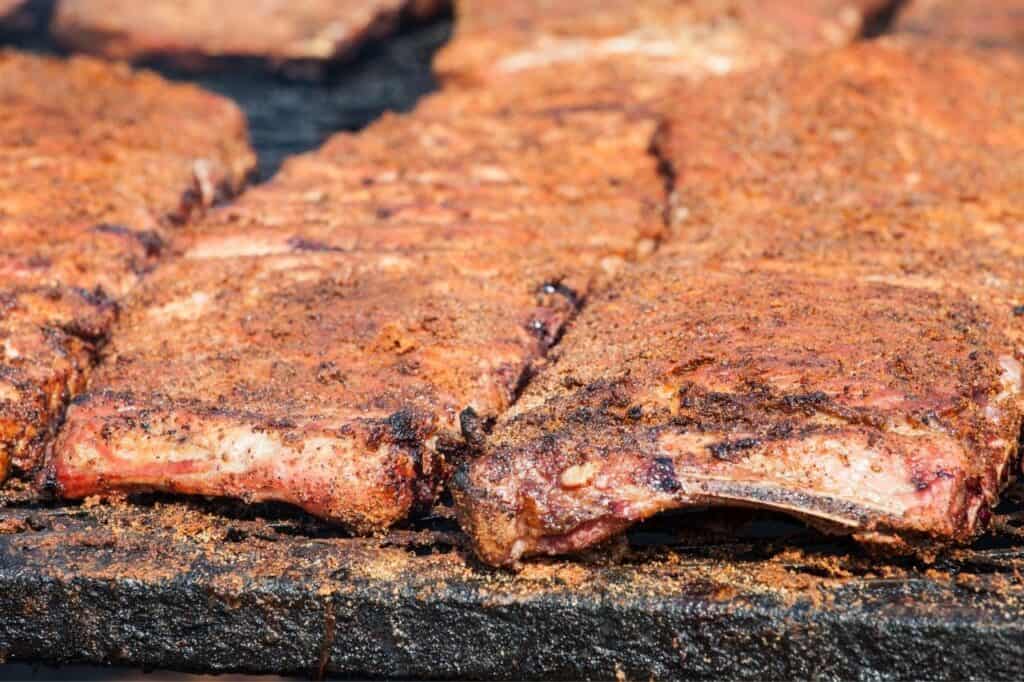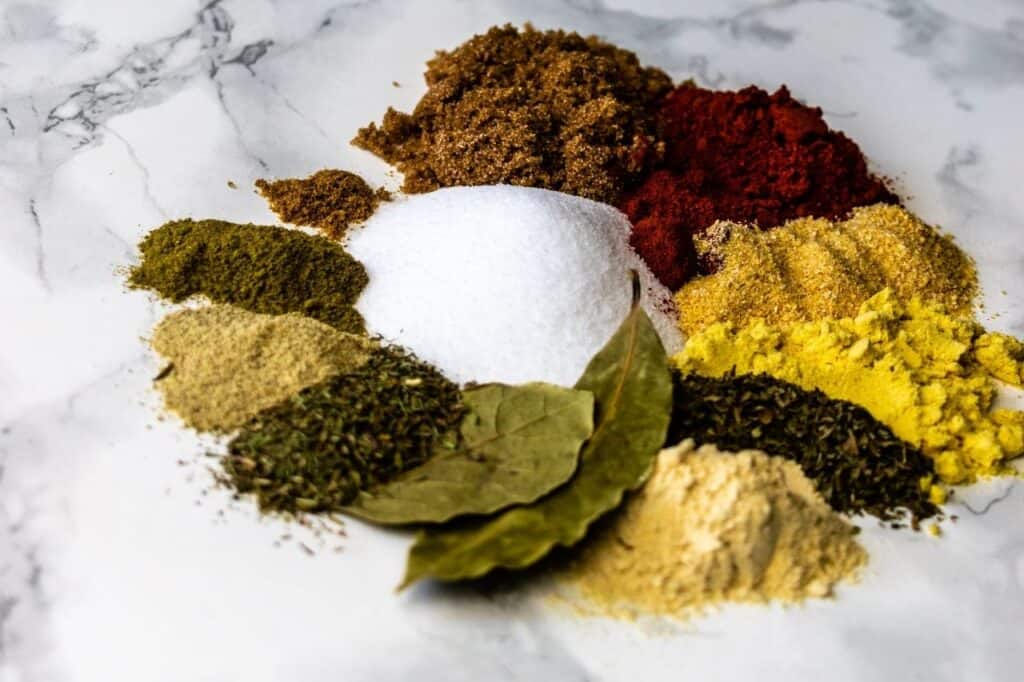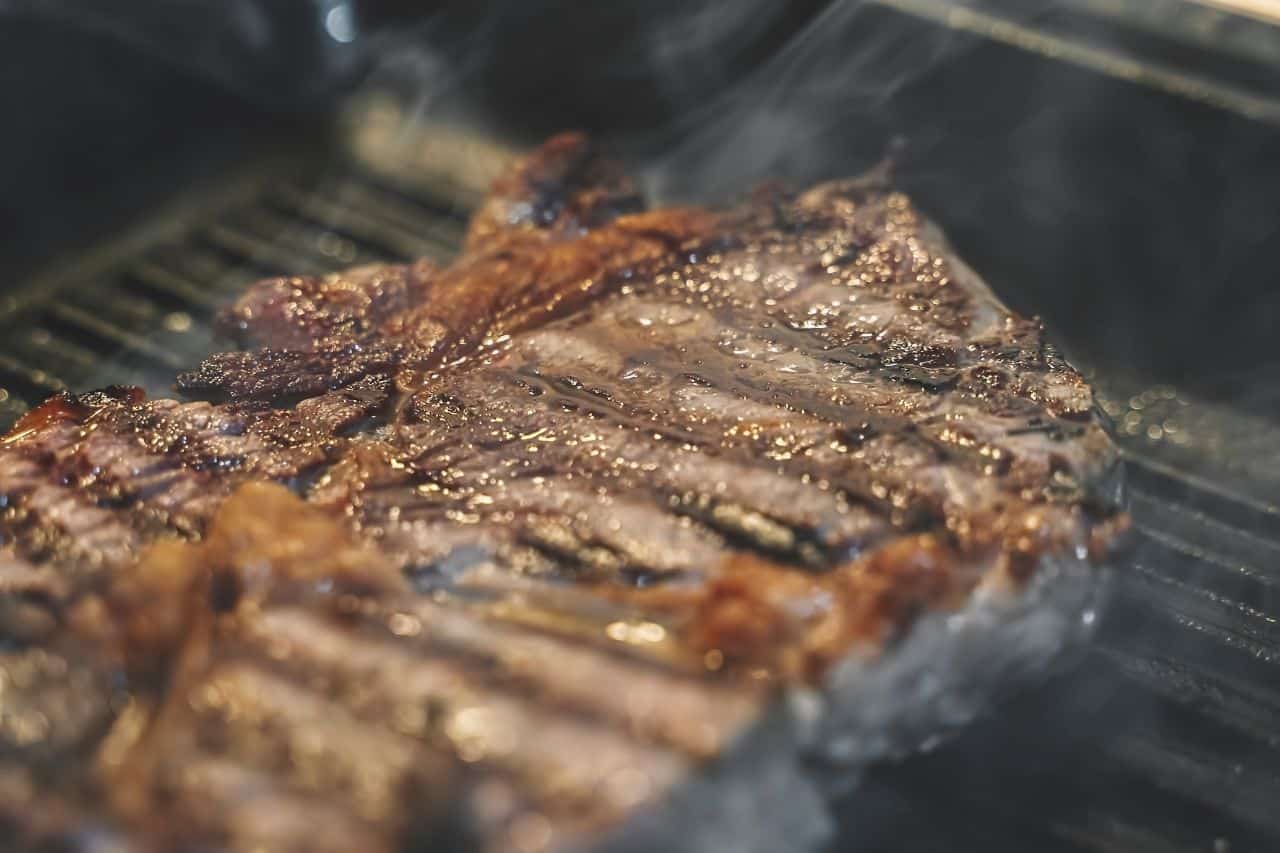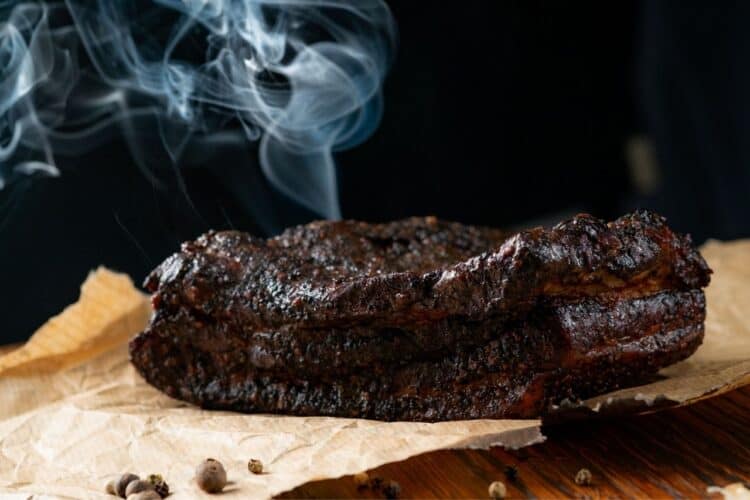Beginners in the BBQ game must know how to get bark on meat. Great bark is an essential factor in grilling barbecue that’s mighty tasty, Instagram-worthy and will impress mates and family. One question rings constantly though – how do you get bark using a pellet smoker?
Getting bark using a pellet smoker is pretty simple. Firstly, you have to make sure that your meat has a balanced amount of fat on it. Use rubs that can help produce both pellicle and glaze. You also need to have an excellent balance between the smoke, temperature and moisture during grilling time.
Hone your grilling skills today – know more about how to do the right BBQ bark by using our best guide on the technique.
How Is Barbecue Bark Formed, Exactly?

To get bark that is attractive enough to be shown on the ‘gram, you have to know the basics first. So, what is bark and why are top grillmasters being so extra about it?
Bark is more than just good looks – it also adds loads of flavour to your meat. This vital barbecue element refers to that scrumptious, thick crust which forms all over that mighty piece on the barbie, credits to specific, complex chemical reactions that happen during the grilling process.
Whenever meat is exposed to heat and oxygen, chemical reactions are set in motion, thus the meat undergoes various transformations. It gets a darker colour because of smoking and the barks form thanks to the fat content of the meat plus the rubs and spices used. The fat, rubs and spices mingle and interact with all that heat and moisture happening during the cooking process.
On the more technical side, what happens to meat during the grilling process is often referred to as the Maillard reaction. While cooking, the surface of the meat dries out. Polymers are then created when the proteins begin to join together – this in turn produces a hard layer on the meat’s surface called the pellicle.
Using rubs and spices on the meat while grilling creates a film of crust on the surface of the pellicle, and this part is called the bark.
Therefore, bark happens when you use an effective combo of rubs and spices. However, there are lacklustre barks and then there’s awesome, mouth-watering BBQ bark. Of course, if you want to get the most bang out of your brisket, always settle for the latter.
Whether beef, rib or pork, you have to gain proper knowledge to accomplish top barbecue bark. Expert bark does not solely depend on the right rub and spice; it also involves other essential factors, which we will discuss in the next leg of this post.
Yes, you have to fuss a bit, but keep in mind that it is all part of training to be Top Chef of the Grill in your ‘hood.
Essential Factors That Give Great BBQ Bark
Get your bark right – remember the following factors once you’re manning the barbie.
1. The Rub

Rubs provide meats with a more prolific, deeper flavour profile while at the same time, guarantees that the meat’s outer layer stays crusty, hard and nice.
Rubs contain water-soluble ingredients like salt which melts in the meat during the smoking process. It also comes with non-soluble ingredients like herbs and spices. These ingredients stay on the meat’s surface, creating a glaze that eventually morphs into crusty, tasty bark.
2. The Temperature
The best barks this side of the Atlantic are done through proper temperature control. Too low on the pellet grill and the meat will show no signs of bark. Too high and the meat will display charring so unattractive, you will be put off to humblebrag that thing on IG. The ideal temperature for viral BBQ bark clocks in at 225-250 degrees F.
3. The Moisture
Grilled meat requires some moisture to allow the rub’s water-soluble ingredients to dissolve. Moisture that’s inherent to the meat and smoke are capable of making this happen. That is why there’s really no need to baste meats on and on over the course of the grilling process.
Remember, the surface of the meat needs to dry out so the Maillard reaction pushes through and produces the bark.
4. The Fat
A bigger chunk of fat does not really mean it will give the meat more bite, err, bark. Fat gives bark life, it does so since the rub’s fat-soluble ingredients melt and preserve the spices to produce that oft-desired crusty layer.
But excess fat leads to improper formation of the pellicle – all that fat content will prevent proteins in the surface of the meat to touch base with heat and oxygen.
That is why you need to get rid of excess fat. Leave around 1/4 inch or 1/8 inch of the stuff.
5. The Smoke
Smoke provides meat that alluring dark colour. As soon as you applied rubs and spices on the brisket, smoking will let loose bits that’ll bond with the glaze and give the meat a charred hue that gets proper oohs from BBQ lovers.
Those who are not familiar with sage BBQ lore might think that the meat is burnt, but it’s not exactly that. The smoke turns the meat darker, but the meat stays scrumptious and oozes tons of flavour.
Fast BBQ Bark Tips And Tricks
You are now armed with the wisdom to conjure yummy barks. Now go next-level with these easy tips.
1. Preparation Is Key
A well-prepped surface area will also get that bark job going – you need a wider surface area for the rub to work on so you’ll get awesome bark. Cut thick, huge joints in two then slash half-inch deep cuts in the meat using a sharp knife. That way, you’ll get to work the rub deeper into the flesh of the meat.
2. Let Go Of Sugared Rubs
Rubs are a vital element in solid bark formation but you do have to mind the kind of rub that you need to put on your meat so it gives extra-yummy bark.
This may make our sweet-and-savoury readers a mite sad. However, you have to avoid sugared rubs; it’s for the best. Sugar is nice and makes a great flavour profile but it has a tendency to get burnt hence it leaves meats bitter.
Then again, if you crave sugar on your barbecue, do it only during the later stages of grilling. A teenie amount of brown sugar on the meat will do.
3. Avoid The Itch To Spritz Ad Infinitum
Do not make that amateur mistake of constantly basting your meat during smoking. Too much moisture prevents excellent bark formation since this can wash the rub away. Thus, if there is a need to baste the meat, do not spritz or mop it during the initial 2 hours of the smoking stage. Wait once the rub has transformed into a crust.
4. Consider Using Nut Wood Chips
You have your wood chip faves but consider using nut wood this time. Nut wood chips sourced from pecan, hickory, mesquite and oak generate loads of smoke that make for better bark.
5. Mind Good Airflow
For the bark to form, make sure good air circulation happens. Do not use trays and instead, just position the meat straight on the grate of the pellet grill. Catch juices from the meat by adding a drip pan beneath the grate.
Related Questions
Many folks use aluminium foil during grilling since it accelerates the cooking process. This kind of BBQ wrapper also keeps the meat warm. However, if you’re after bark, this item won’t work.
Wrapping meat in aluminium foil while grilling is not recommended since it makes the crust soggy. Heat can produce steam during the cooking process and eventually soften bark. If you do want to wrap the meat, do so once the bark is obvious and make use of butcher paper.
If you think that only expensive cuts of meats produce gorgeous bark, you have to realize that you do not need to break the bank in order to enjoy chef-grade BBQ bark.
Inexpensive bigger cuts of meat that present a nice, lengthy smoke are top choices. Examples are beef brisket, beef ribs and cuts of pork like pork butts or pulled pork and pork shoulder.
The job of making good bark is not for the impatient. Remember, good things happen to those who wait. Be prepared for the long haul since making bark is a long and slow process. This is due to the fact that you need to grill the meat at a low cooking temperature, for an extended period of time. The process will take around 10 to 12 hours, maybe more. In addition, cooking time will also depend on the size and cut of the meat. 
- Does Using Pellet Smokers Dry Out Meat? – Myth or Fact - January 4, 2022
- 12 Best Meats To Cook On A Pellet Smoker - December 30, 2021
- Dry Brining: What, How, Why & More - December 28, 2021


